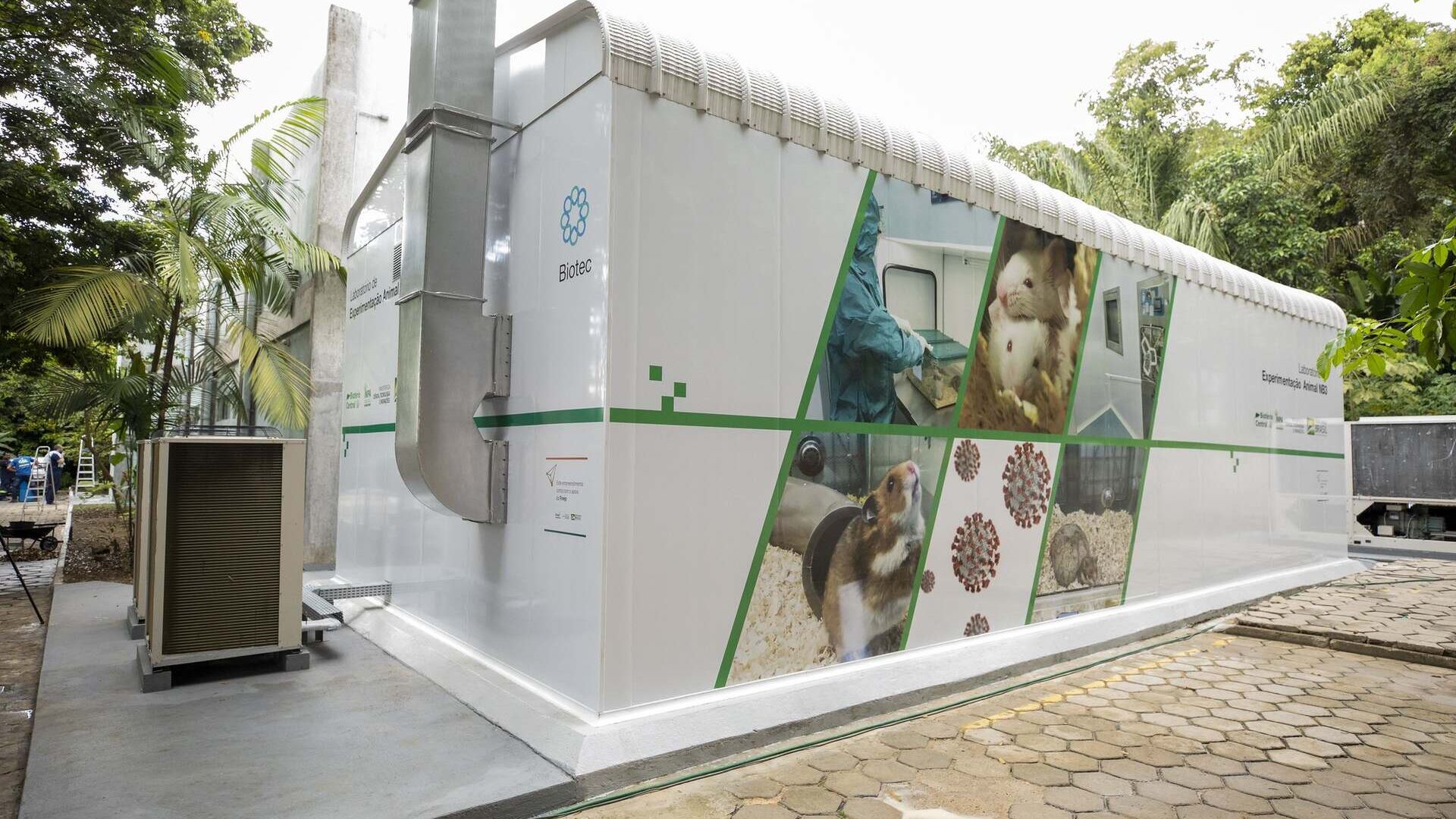When nanoplastics are not what they seem...
Release of plastic from fabrics: researchers at EMPA in Switzerland have discovered that many of what appear to be polymers are actually not

I synthetic fiber fabrics, during washing in the washing machine, they release micro e nanoplastics which are dumped into the sea to be transported by currents to the most remote corners of the planet.
These microscopic particles of plastic material from synthetic fibers such as polyester, nylon and elastane represent a significant source of pollution from microplastic fibres, and have been under the lens of scientists for some time.
However, while the release mechanism of microplastics during fabric washing is well studied, we know very little about the release of nanoplastics, i.e. those of even smaller dimensions. And what we thought we knew may not be correct: EMPA researchers have in fact discovered that many of the alleged nanoplastics released from fabrics They are not plastic at all.
Future chemistry: the new challenges of the industry for sustainability
Here is the first vanilla ice cream produced from... plastic waste
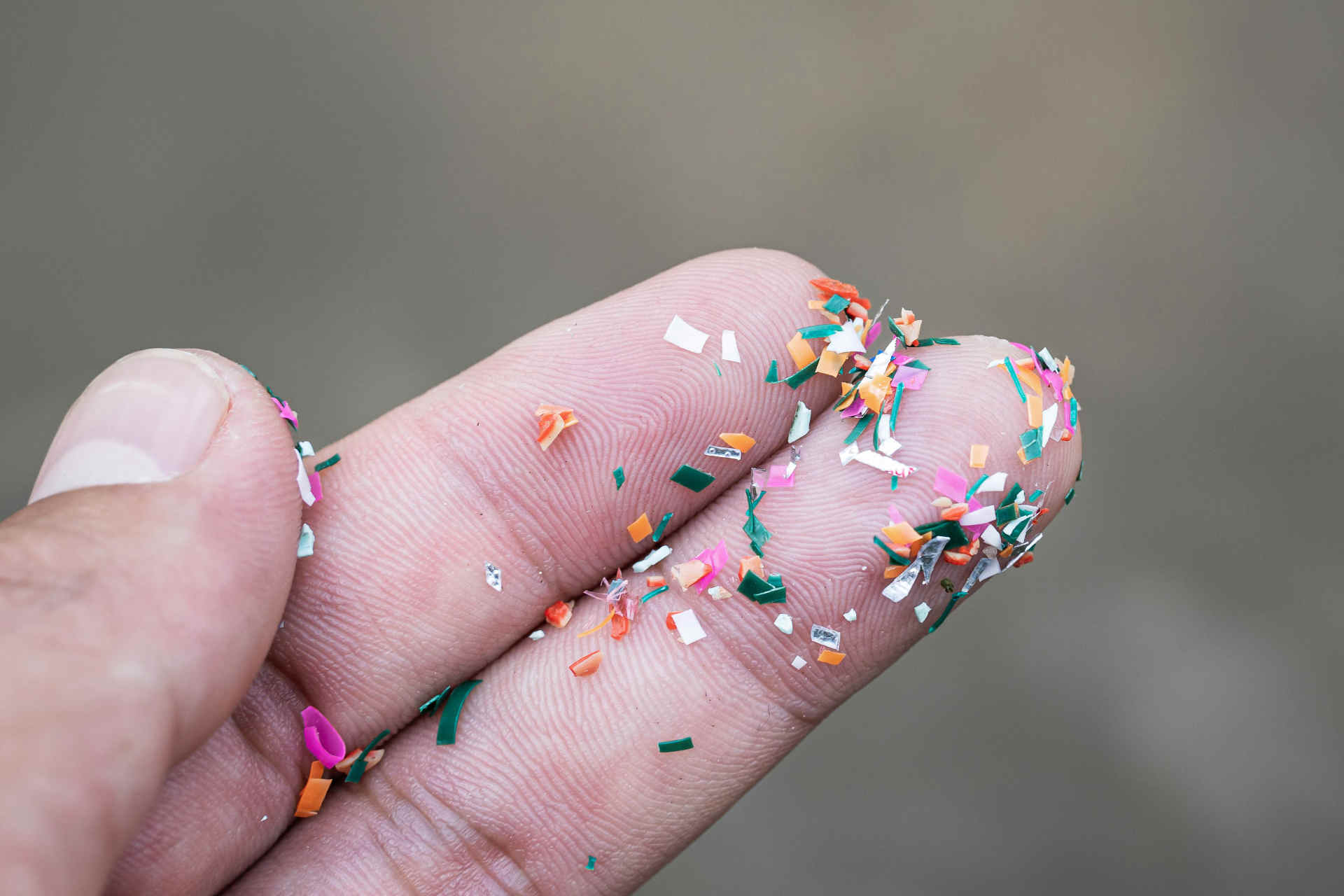
The invisible pollution that comes from cosmetics and fabrics
THEpollution produced by plastic waste over the years it has become a source of growing concern for scientists and all people sensitive to the fate of the planet. In fact, we know that the plastic bags produced and thrown into waste it has already reached the most remote corners of the Earth and is responsible for one of the most pervasive and long-term anthropogenic changes to the Earth's habitat.
The term "microplastics” dates back twenty years ago, but the existence of microparticles of plastic material dispersed in the environment has been known since the 1970s, when scientists realized that plastic polymers constituted one of the main components of the debris lying at the bottom of oceans.
Over the years, scientists have demonstrated that main sources primaries of micro and nanoplastics are plastic pellets, i cosmetics product containing microspheres, paints and textile fibers (especially polyester, nylon and acrylic) which during washing release a large quantity of very small plastic fragments into the water.
In a 2011 study it was found that a single item of clothing made of synthetic fabric can release over 1.900 microplastics with just one wash, much of which ends up in the oceans.
Chemistry and fashion: when it's all about… fabric
Textile waste and recycling: the lesson of the stylist Yuima Nakazato
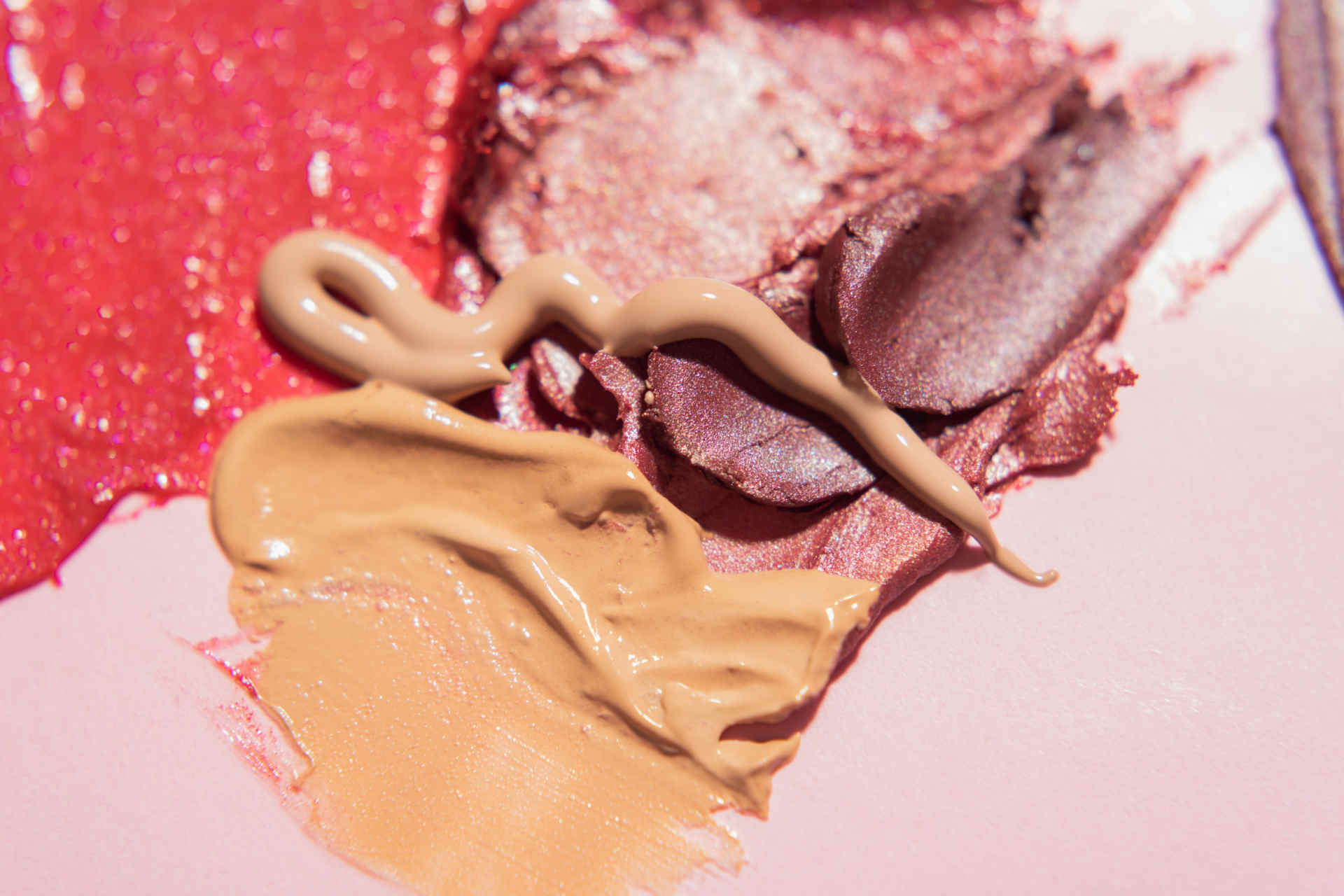
The discovery: nanoplastics are not what they seem
It is estimated that every year between 200.000 and 500.000 tonnes of microplastics from fabrics end up in the oceans (9 percent of the total environmental microplastics). And we also know that these particles are produced before delivery to customers, during the production phases fabric production and finishing synthetic, to be released at the first wash.
Where there are microplastics, however, there are also nanoplastics, even smaller and more dangerous particles, which can also be absorbed by the human body and little is known about their potential toxicity. However, while we know in detail the mechanism of release of microplastics from tissues, the cycle of nanoplastics remains almost a mystery.
The researchers ofEMPA, led by Professor Bernd Nowack from the Technology and Society laboratory, therefore decided to join forces with their Chinese colleagues and examine the nanoparticles released from fabrics more closely. And they discovered that not everything that looks like plastic really is.
Many of the particles released from fabrics during washing they are not nanoplastics at all, but clusters of oligomers, i.e. molecules halfway between long-chain polymers (such as plastic particles) and monomers, the individual bricks that make up long polymer chains.
These molecules, we read in the study just published in “Nature Water”, I am even smaller of nanoplastic particles and almost nothing is known regarding their possible toxicity.
Microplastic pollution: the solution comes from plants
Plastic and oceans, so sunlight makes it… “invisible”
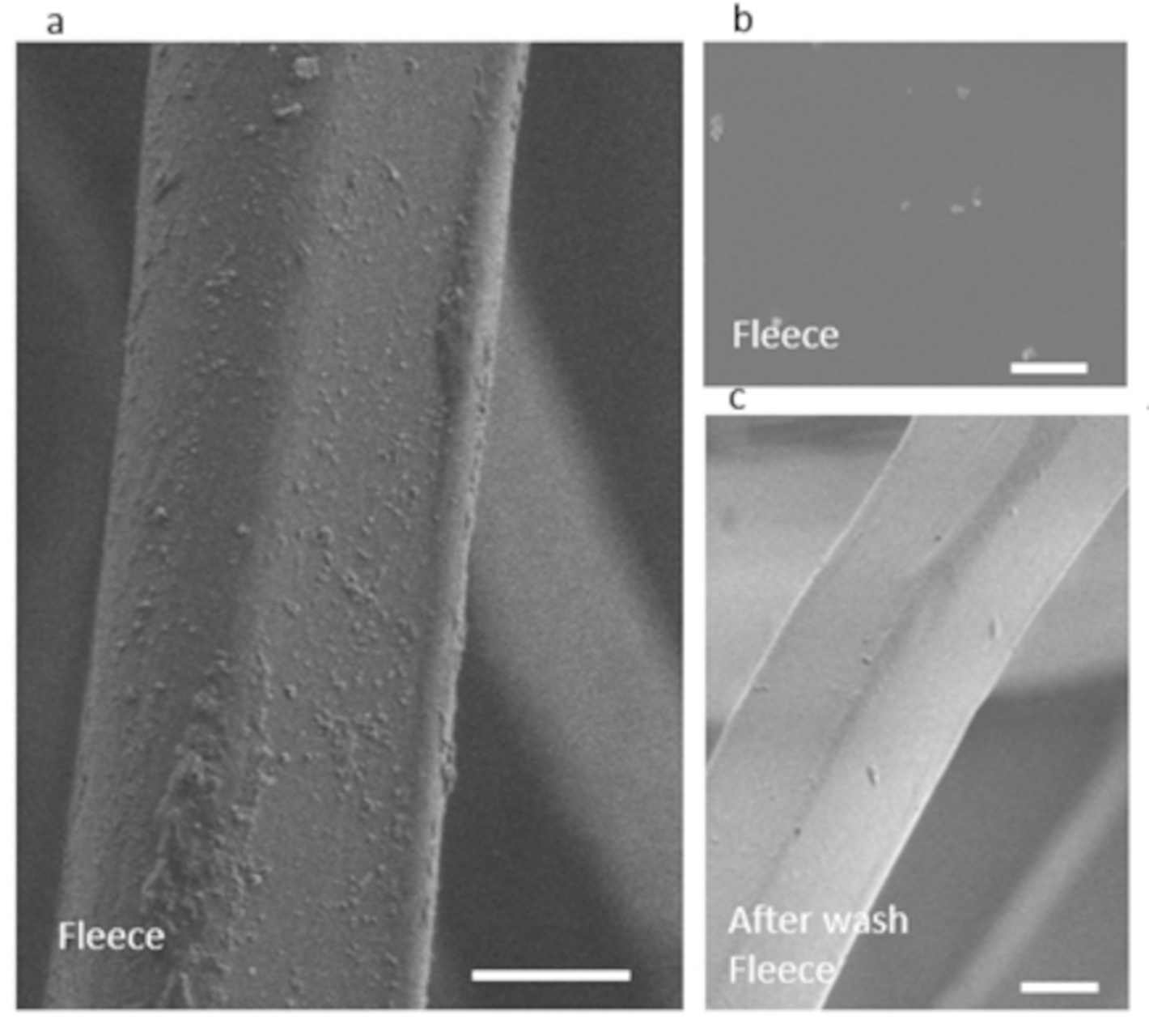
Tissues release large quantities of oligomers
For the new study, the researchers examined twelve different polyester fabrics, including microfibre, satin and jersey: the fabric samples were washed up to four times and the nanoparticles released analyzed and characterized during the process.
A more complicated operation than it might seem: “Plastic, especially nanoplastic, is everywhere, even on our devices and utensils“, explains Bernd Nowack. “QWhen we measure nanoplastics, we need to take this 'background noise' into account".
To distinguish real nanoplastics from clusters of oligomers, the researchers used a ethanol bath: in fact, plastic, no matter how small, does not dissolve in ethanol, while aggregates of oligomers do: "We discovered that 34-89 percent of the particles extracted submicrometers were soluble in ethanol”, we read in the study, “e these particles are probably water-insoluble poly(ethylene terephthalate) oligomers".
"This allowed us to demonstrate that not everything that looks like nanoplastic at first glance is actually nanoplastic“, explains Nowack.
It is not yet clear what they might be the effects of the release of similar nanoparticles when washing fabrics: “With other plastics”, continues the scientist, “studies have already shown that nanoparticulate oligomers are more toxic than nanoplastics".
A system to save the sea: how to "predict" pollution
Source to Sea: the project against plastic pollution at sea

Oligomers: there is still a lot to discover (and quickly)
These plastic oligomers can form during incomplete polymerization and are capable of migrate from plastic following heating or biodegradation: we know that they can migrate from packaging to food during cooking and are classified as “substances added unintentionally".
Much still remains to be investigated, but researchers have already managed to establish that the nature of the tissue and the cutting method (scissors or laser) have no influence on the quantity of particles released.
Il release mechanism of oligomers is still to be clarified, both for nanoplastics and for oligomers. The good news, however, is that the amount of particles released decreases significantly after the first washes.
The search will still be long. As stated in the study, these results “clearly show the urgent need to better understand the contribution of water-insoluble oligomeric particles to environmental pollution by anthropogenic nanoplastics".
In their next project, Bernd Nowack and his team at the Swiss Federal Laboratory for Materials Science and Technology want to investigate which fibers are released when washing fabrics made with renewable raw materials and whether these may be harmful to the environment and health.
"I semi-synthetic fabrics such as viscose or lyocell are advertised as substitutes for polyester“, explains the Swiss researcher, “mWe still don't know if they are really better when it comes to fiber release".
The first rechargeable and… edible battery in the world
A drop of oil is enough to change the marine ecosystem
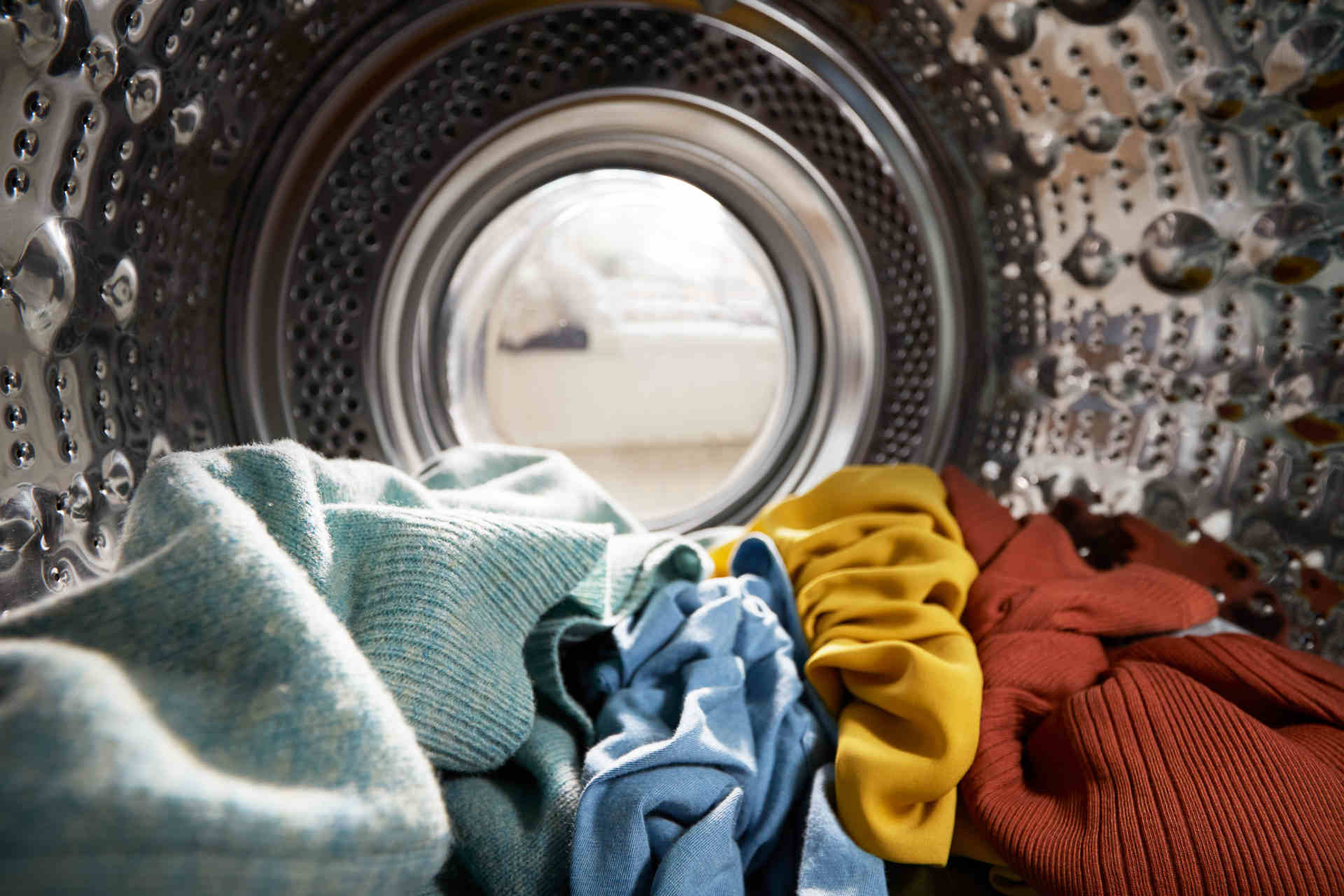
You may also be interested in:
In Brazil the first meeting in the world between biosafety and synchrotrons
In Campinas, a NB4 level maximum biological containment laboratory will be connected to the light sources of a particle accelerator
In Alto Adige today EDIH NOI is the new point of reference for AI
4,6 million euros from the PNRR fund will be allocated to Bolzano for services to local companies in the digitalisation of intelligence…
by Editorial staff Innovando.NewsEditorial staff of Innovando.News
Austria, Germany and Switzerland for "more innovative" cargo railways
DACH Ministers Leonore Gewessler, Volker Wissing and Albert Rösti: the introduction of Digital Automatic Pairing is a key element
by Editorial staff Innovando.NewsEditorial staff of Innovando.News
Persuasion or manipulation? Genesis and historical impact of PR
This is how Public Relations, from the sophistic dialogue of ancient Greece to the current digital era, continues to offer continuous innovation

